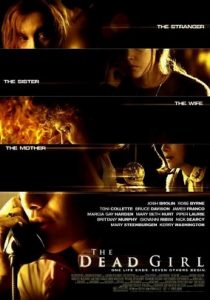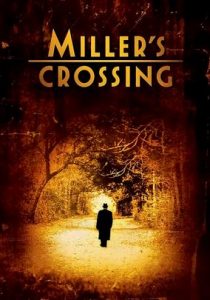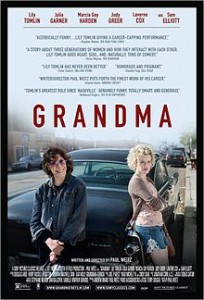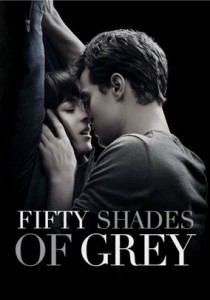A Cat in Paris-2010
Director Jean-Loup Felicioli, Alain Gagnol
Starring (ENGLISH) Marcia Gay Harden, Steve Blum
Scott’s Review #1,006
Reviewed April 1, 2020
Grade: A-
For any lover of all things cats or all things Paris, A Cat in Paris (2010) is a double-punch winner in themes alone and a pure treat.
The French-made film was nominated for the Academy Award for Best Animated Feature along with Chico and Rita (2010), another foreign language animated feature, both considered surprise entries.
This was monumental as it aided subsequent non-American features to be allowed into the mix.
The former is a moody and mysterious caper story involving a cat and a young Parisian girl and the adventures they share. The traditional ink colors and hand drawings are lovely and creative, adding to the inventive mood.
The feline-centered story and feminist empowerment angle provide a unique and worthy experience to be well remembered. The French language version contains native language voices while the English version has English speakers.
The main protagonist of the film is Dino, a pet cat who leads a double life. By day he lives with his friend Zoe (Lauren Weintraub), a little mute girl whose mother, Jeanne (Marcia Gay Harden), is a detective in the Parisian police force.
He sneaks out of the window each night to work with Nico (Steve Blum), a slinky cat burglar with a heart of gold, who regularly evades captors as he glides and swishes from rooftop to rooftop with the picturesque Paris skyline serving as a backdrop.
Dino’s two worlds collide when one night Zoe decides to follow Dino on his nocturnal adventures and falls into the dangerous hands of Victor Costa (JB Blanc), an intimidating gangster who is planning the theft of a rare statue.
Now the cat and cat burglar must team up to save Zoe from the bumbling thieves, leading to a thrilling acrobatic finale on top of Notre Dame.
In an acute tongue-in-cheek final moment, Nico gives Jeanne a snow globe with the Cathedral of Notre Dame in it as a Christmas present.
Despite the film being an animated one, this fact does not take away from the cultural and sophisticated Parisian experience.
Delicious views of the distinguished Eifel Tower and the luminous, glowing skylines of the City of Lights assuredly will captivate each viewer fortunate enough to have ever visited the magical city in person, or those who have daydreamed an afternoon away imagining experiencing the grand city.
Alfred Hitchcock’s work is mirrored throughout A Cat in Paris, specifically his film To Catch a Thief (1955). That film is set along the French Riviera instead of in Paris but features a cat burglar, a thrilling rooftop climax, and enough cat and mouse-thrills to last a lifetime.
The director’s work is easy to spot, and the filmmakers are wise to adapt to his style, carefully weaving elements into an animated film with the hopes of exposing children to intelligent filmmaking.
Adults will equally love the film.
At a mere one hour and five minutes, nearly teetering classification of a short film instead of a full-length feature, A Cat in Paris (2010) more than accomplishes what it sets out to in the limited time.
Utilizing fantastic silhouettes and lit shapes and angles, the visual treats alone make this one exceptional. Adding tidbits of the greatest film director of all time’s work without outright stealing it is a wise choice.
May more intelligent international animated films like this one receive their deserved exposure to mass audiences.
Oscar Nominations: Best Animated Feature Film





